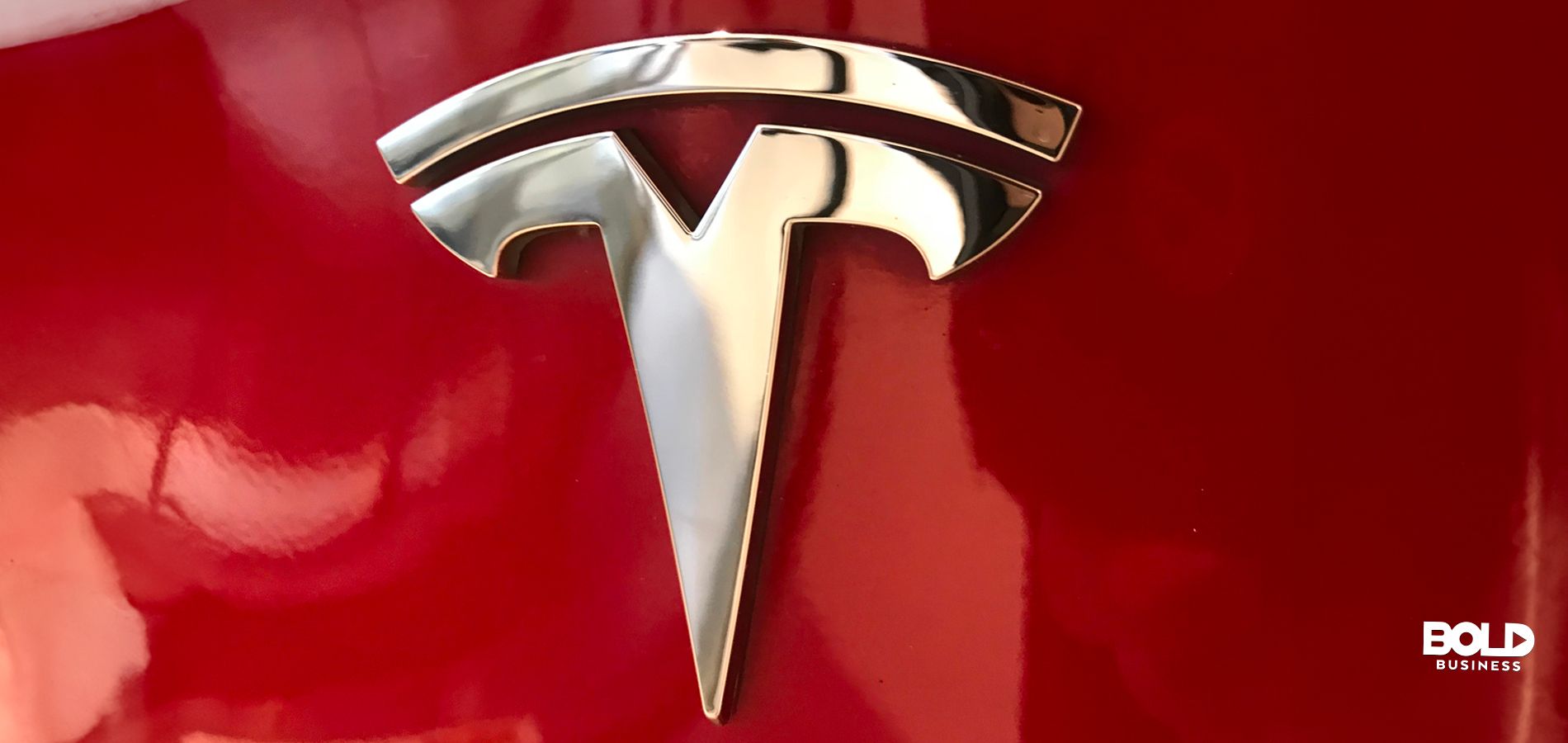Tesla, Inc. aims to release yet another bold idea – this time, it’s an all-electric sports car, deemed the fastest accelerating car ever created. With a target release by the year 2020, Tesla’s new Roadster is a huge jump from the eponymous 2008 battery electric vehicle (BEV) model.
Within the same post, he mentioned, “Certainly possible. Just a question of safety. Rocket tech applied to a car opens up revolutionary possibilities.”
According to chief executive officer (CEO) Elon Musk, the 2020 version is the quickest vehicle in the motor company’s lineup. He explained that a new feature, called the “Maximum Plaid,” is an acceleration mode that goes beyond the previous “Insane Mode” and “Ludicrous Mode” tested in two of Tesla’s Model S and Model X vehicles.
Designed by Franz Von Holzhausen, the new Tesla 2020 Roadster is a triple-motor, 2-door, all-wheel drive sports car. Its one front and two rear electric motors go hand-in-hand with a 200-kilowatt per hour (kWh) battery and a 621-mile electric range.
What’s The Fastest Car in The World? Ambitiously Fast!
Musk hinted that the new Roadster will be even faster than its 2008 predecessor, a car that already hits 100 miles per hour (mph) in just 4.2 seconds. He asserted that the 2020 version can reach 60 mph in 1.9 seconds – something so outlandish that even other car fanatics are skeptical about them.
“These numbers sound unreal,” Musk said, “but they’re not.” Experts explained that these statistics are realistic – many rally cars and other types of automobiles can also reach from 0 to 60 in less than 2 seconds. Jason Fenske, from the Youtube channel Engineering Explained, said that this acceleration is possible through a 600-horsepower engine, along with special tires, fancy all-wheel drive, and a sub-3,000-pound curb weight.
Some car enthusiasts think Tesla can make such promises because the new Roadsters aren’t out until two years from now, giving the company more than enough time to figure out the design really well so they can fulfill such ambitious speeds. Venkat Viswanathan, a mechanical engineering assistant professor at the Wilton E. Scott Institute for Energy Innovation, explained how.
Discussing Tesla’s supposed battery 200-kWh capacity, Viswanathan said that was there for a few different purposes. First, it adds to a higher cruising range. Second, it enables faster acceleration times. Because the features on the 2020 Roadster is about double that of the Tesla Model S, “the power draw may not be that much more than [the cells in] a ludicrous [Model S],” he explained.
In addition, while there are many factors affecting the range on top of battery size, he also said that a 200-kWh battery “can easily go 600 miles.” Another main factor is aerodynamics, which in his expert opinion is “the most important contribution” for passenger vehicles.
To Fly or Not to Fly?
Flying vehicles used to be only the subject of fictional worlds, including famous titles like the ‘60s classic “Chitty Chitty Bang Bang,” the futuristic cartoon series “The Jetsons,” and the “Back to the Future” series of movies. Today, innovators like Tesla are trying to make such a piece of technology happen.
Musk, who is quite active on social media, recently posted about the 2020 Roadster on Twitter. “Not saying the next-gen Roadster special upgrade package *will* definitely enable it to fly short hops, but maybe…”
Within the same post, he mentioned, “Certainly possible. Just a question of safety. Rocket tech applied to a car opens up revolutionary possibilities.” It should be noted that the Tesla CEO and co-founder is also the CEO of SpaceX, an aerospace manufacturer. As such, Musk has access to rocket technology.
The rocket tech may help in the vision of having a vehicle fly, whether for short “hops” like Musk mentioned, or actual long distance air travel. Interestingly enough, his tweet about the possibility of high-speed flying cars came just after Volvo’s parent company Geely’s announcement of buying Terrafugia, a flying car company founded in 2006.
Clearly, Tesla is not the first to think of flying vehicles and public transportation. Even Google, Airbus, and Uber are trying to get in on the flying car game; Uber even hired Mark Moore, an engineer from the National Aeronautics and Space Administration (NASA), to develop the Uber “Elevate” program for on-demand aviation. It’s not a matter of whose idea it was first, but which company actually turns such an idea into reality.








